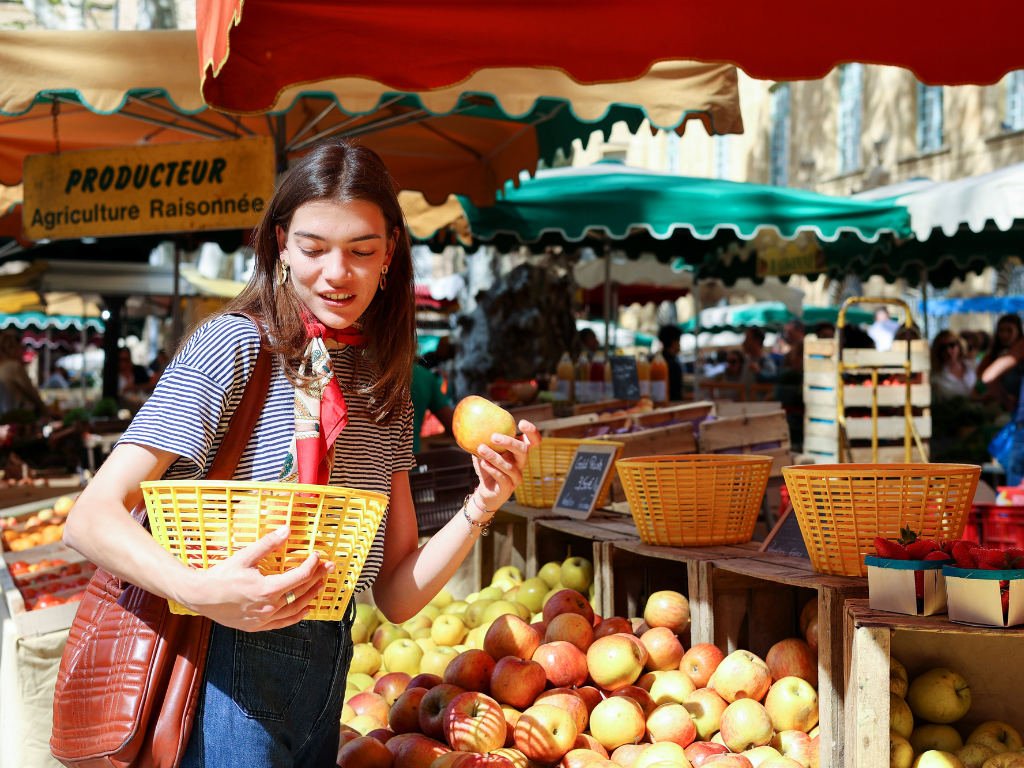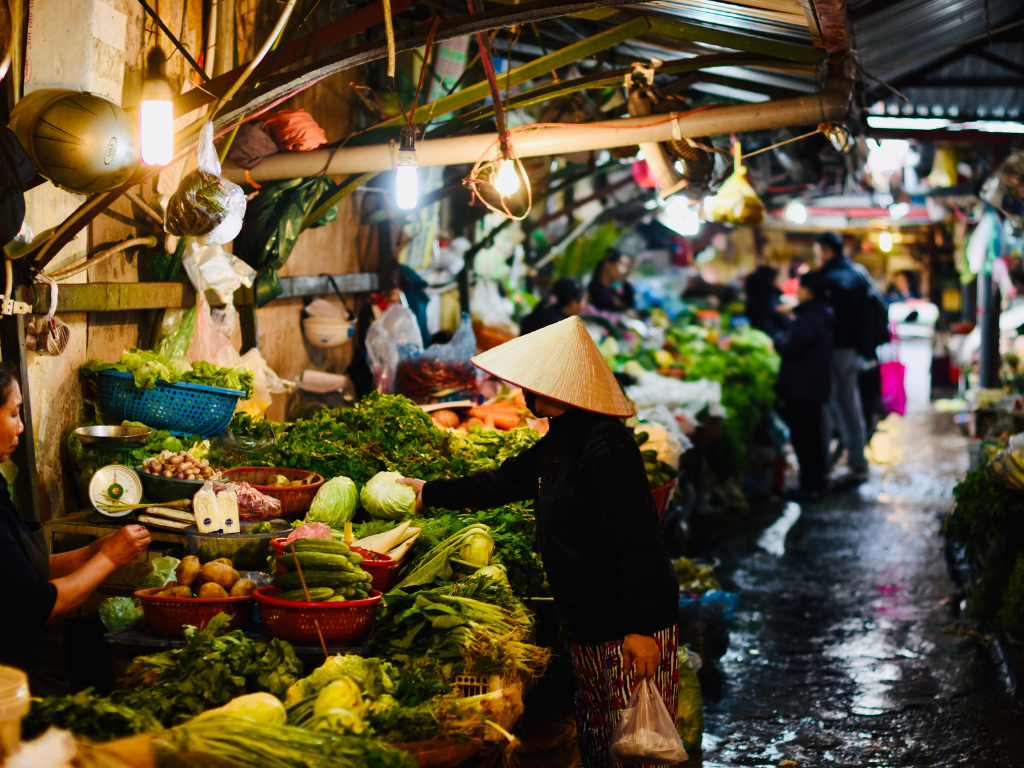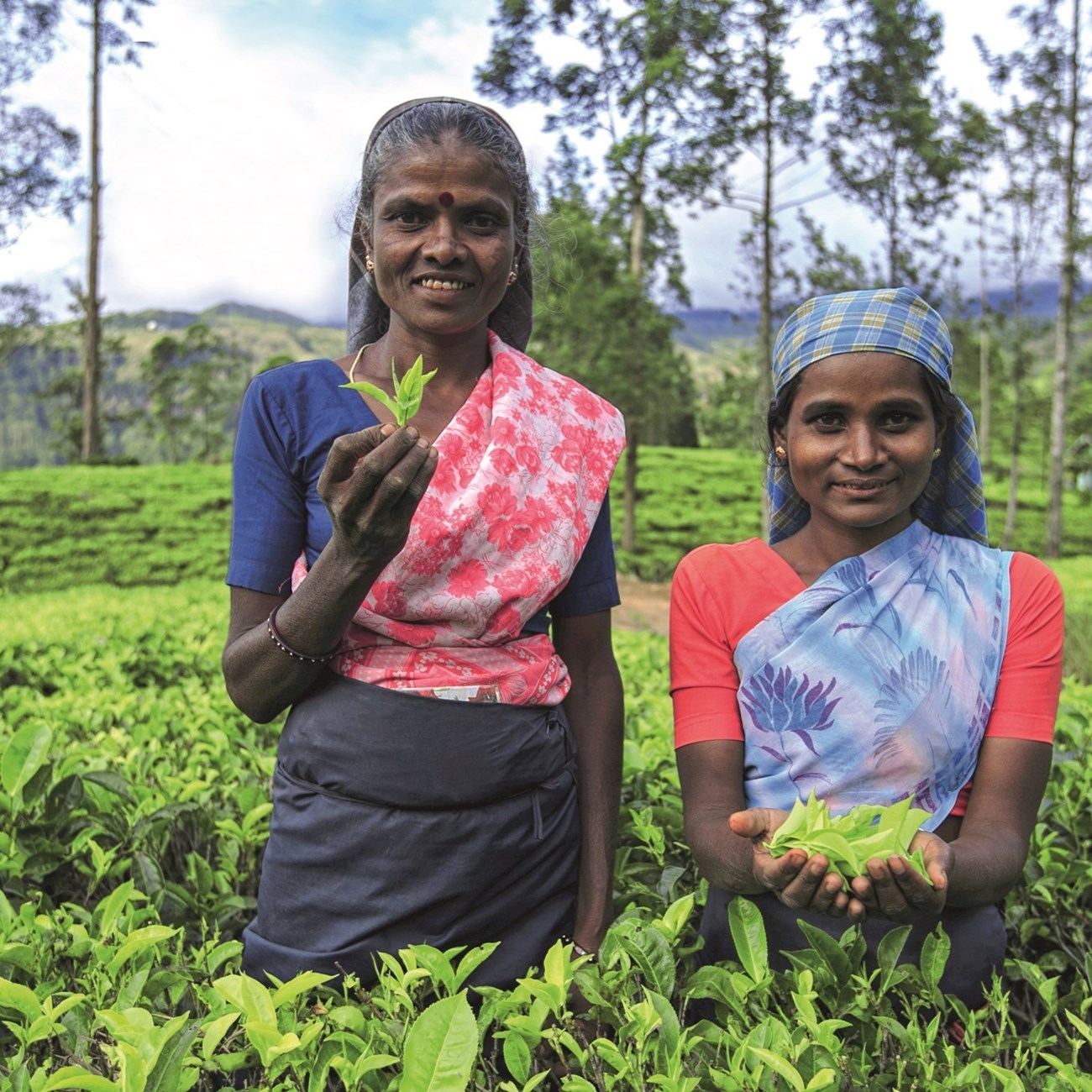It All Comes Back to the Plate: Food’s Role in Understanding Culture
“Tell me what you eat, and I’ll tell you who you are.” – Jean Anthelme Brillat-Savarin
Like a waving flag and the rhythms of language, food is one of the key aspects to understanding culture. When looking to understand a people and their history, one can scour libraries and study books. Yet there exists a story not found in old tomes, but instead on the dinner table. Through ingredients, tastes, smells and color, we are told tales of struggle, love, of pride and passion. It is through the dinner plate that we can deepen our understanding of different cultures.
For inspiration, take a look at our premium dining offer.
Food is social
To appreciate food’s role in understanding culture, we must go back to food’s essential utility in societies around the world. Beyond sustenance and beyond basic nutrition, food is social. In every civilization around the world, humans use food as a tool to bond, socialize and connect.
From our primordial ancestors eating communal meals around the hearth as their social focal point, to modern celebrations such as Thanksgiving, Christmas and birthdays, food binds us together and serves as the backdrop for our relationships.
We eat family meals, a moment in the day for us to come together and share stories, struggles and successes. We help our friends get over breakups by coming over with ice cream, gift chocolates to lovers, and celebrate weddings with grand banquets. Some of our religions’ most important ceremonies and practices center around the indulgence, or abnegation, of certain foods.
We build deep, meaningful connections with each other, food serving as the gel. It’s the way we’ve evolved, making social eating deeply important for our psychological health. A study by Oxford University asserts that ‘communal eating increases social bonding and feelings of wellbeing’.
Yet, in today’s western world we have somewhat lost this awareness of food’s symbolism.
Due to the increasing demands on our attention, time and schedules, we often eat meals by ourselves. We’re on the go, getting takeaways and quick snacks. Sometimes we’re not aware of the food itself, our attention elsewhere, perhaps on a box set. The same Oxford study notes:
‘A third of weekday evening meals are eaten in isolation, and the average adult eats 10 meals out of 21 alone every week. Busy lives and hectic work schedules are the main causes of this solitary dining trend.’
Perhaps this is indicative of a wider trend: of our society slowly becoming more isolated and less social in general.

Understanding culture through food
As humans used food to socialize, unique cultures formed, around which food served as the bedrock. When looking at a country, a region, or a people, food is a physical expression of its cultural fabric.
The base ingredients represent the topography, such as an East Asian soybean, a Mediterranean olive or American maize. The dishes they make up tell tales of class, attitudes and history, such as the journey of lobster from a poor man’s meal, washing up in abundance on the USA’s East Coast, to haute cuisine symbolic of luxury.
The idiosyncratic ways in which we eat help us in understanding cultural stories too. In India, it is common to eat certain dishes like a roti with your hands (but never with the left), while such a practice is unheard of in the West. In Japan, where waste is shameful, it is respectful to finish the food on your plate. However, in nearby China, finishing your plate is rude, implying to your host that they did not feed you enough.
Food, and the way we eat it, has become synonymous with our respective cultures. A dish as iconic as pizza is just as ardent a representative of Italy as any Olympic athlete competing on the world stage. In the same vein, as humans migrate and travel, cultures blend, giving birth to new, magical dishes.
Swiss chocolate, Chicago-style pizzas, and even classic dishes like fish & chips. Did you know the British staple actually came from elsewhere? During the Sephardi expulsion from Iberia, Portuguese Jews came to the UK to seek refuge, bringing with them their recipe of battered white fish, which preserved the fish to last during Shabbat, their day of rest where no cooking is allowed.
We can look at new cuisines created from the blending of cultures, telling stories of cultural amalgamation. Nikkei is a cuisine born from Japanese migration to Peru, where cooks use Peruvian ingredients prepared with Japanese methods. In this cuisine, we not only experience delicious, new flavors and textures. We gain an insight into the cultural history of Japanese migration.
Food’s role in cultural identities
As foods represent our cultures, they come to become core parts of our identities. Recipes are passed down through generations, the tastes, smells and sights of meals connect us with our ancestral heritage. As humans travel, emigrate and live far from their homeland, this sentiment becomes particularly pertinent.
An Indian grandmother in England may teach her British-born grandson how to make traditional recipes, connecting him to his heritage. A young Japanese student in the USA may make ramen to feel home comforts. A new migrant family from Jamaica can get together with other Jamaicans at their local Caribbean diner, serving as a community hub and helping them find their place in a new society.
Food, thus, becomes a core part of who we are. It’s how we identify where we’re from; the history of our cultures. If food is a symbol of cultural expression, then it reflects all aspects of human nature When understanding culture through cuisine, we can see how it has also been used to stifle and oppress. European colonizers often imposed their cuisine and methods on the colonized, erasing their cultural history.

Save up to $3,000* per couple on your first Premium Tour
Plus receive latest offers, travel inspiration, and discover how your travels will make a positive impact. Together, WE MAKE TRAVEL MATTER®. Subscribe Now
Food tourism – a new way to travel
As you can better understand culture through travel, food tourism is becoming more popular by the day. Just as you would browse the relics of history in a museum, you can gain similar insights by taking a culinary journey instead. Perhaps you take a custom food and wine tour, or just have an authentic dining experience on any of our trips. With your tasting of Pastéis de Belém on our Portugal tours, you get a window into Portuguese 19th century monastic culture.
In Greece, your Olympia cooking demonstration teaches you about local ingredients and regional dishes. On our Asia holiday packages, you may take a cooking class and enter the home of a local who teaches you about centuries-old traditions. From preparation techniques, ingredients, and eating etiquette, open your heart to a more well-rounded, more visceral understanding of different cultures through food.
LIKED THIS POST? SHARE WITH YOUR COMMUNITY






